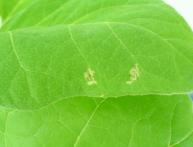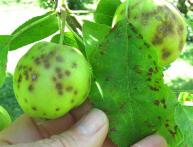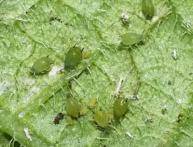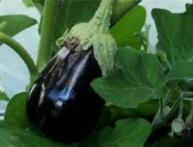Diseases of eggplant seedlings and methods of their treatment

Few summer residents do not grow eggplant. This is a very tasty vegetable, which, thanks to its intense color, is a real decoration for any garden plot. He is quite picky about his conditions, so he needs to be constantly cared for. Like many plants, eggplant is susceptible to diseases. In order to take timely measures, you need to know what diseases of eggplant seedlings exist and what to do with them in such cases. Experienced gardeners constantly scan their beds to identify diseases.
One of the most common problems is “black leg”. It got its name due to the fact that the root collar is affected. The cause is a certain kind of fungus that causes darkening and constriction of the neck. Without treatment, the disease spreads to the plant and its roots, which leads to leaf wilting and death. If the soil is characterized by high humidity, then fungal diseases develop faster.
It is impossible to cure the plant, but you can prevent the spread of the fungus among the seedlings. Therefore, it is necessary to remove it as quickly as possible. The soil can either be replaced or treated with a bleach solution for disinfection (200 grams per 10 liters of water). In order to prevent this disease, it is necessary to thin out the seedlings more often.
There are also diseases that are caused by bacteria. These include bacterial black spot. All green parts of the plant suffer - fruits, leaves, stems.It appears as small spots that are black in color, with a yellow corolla along the periphery. The spots grow and spread, affecting the entire plant. If this happens, then it dies, and the fruits are unfit for food. If the disease is not very developed, then it simply greatly reduces the quality and quantity of a good harvest. Prevention is a good selection of fruits for seeds and disinfection of the soil if last year the black bacterial spot was very pronounced.








